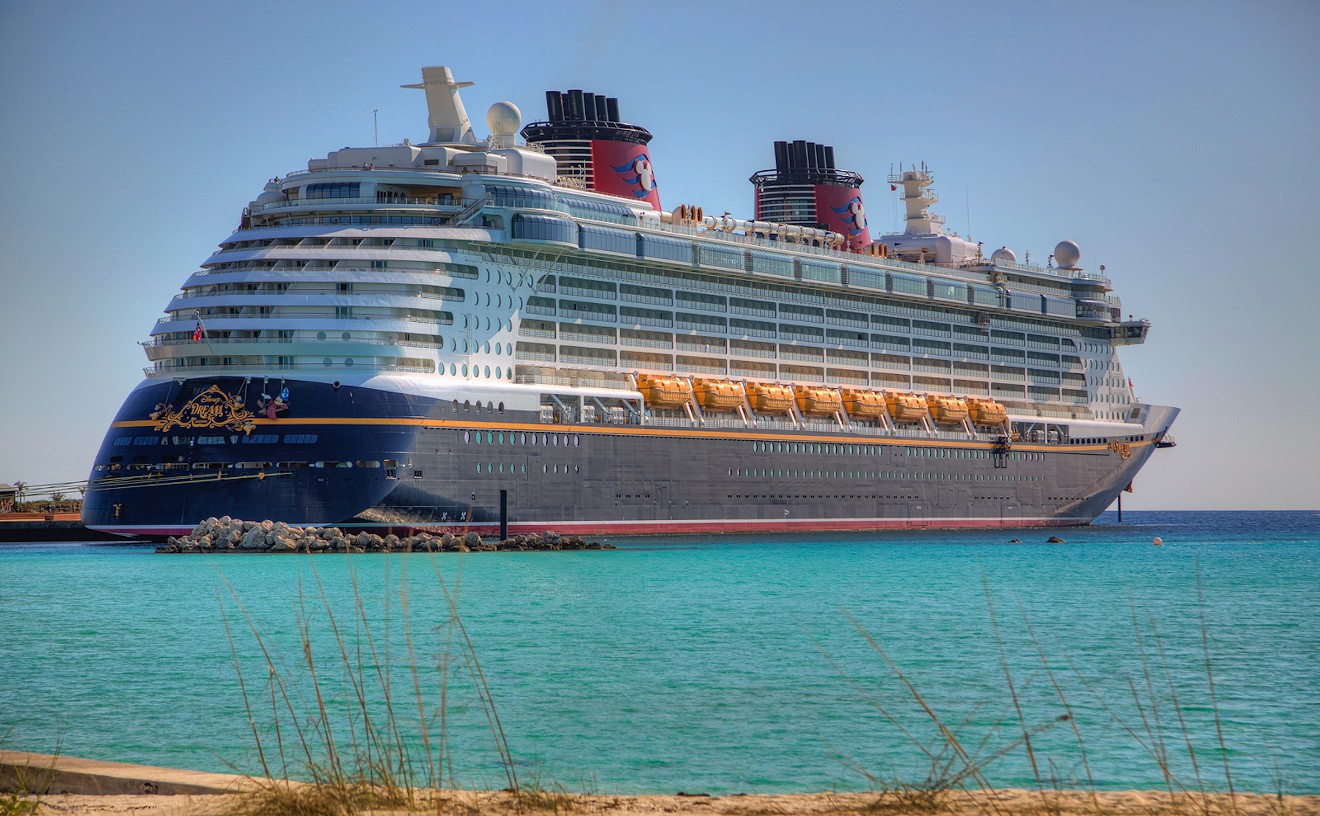Last
Alexander Gonzalez Borrego: It all started around 1982 when I was 8 years old. I had just finished playing soccer with my friends in the neighborhood when I saw my first skateboard — if you can even call it that. It was a beaten slab of wood with four small tires, but it immediately caught my attention. Someone had taken apart a pair of iron roller skates and stuck the wheels onto a separate wooden board. While this seems like a rather simple mechanism, I've never forgotten it. The next day, I asked my grandmother for my own pair of roller skates and, from then on, I started to build my own skateboards. I made each board unique with the help of my uncle, a carpenter.
All the materials for making skateboards entered Cuba by means of the Russians, as this was a time when the country depended heavily on them for supplies. The foreign soldiers, the students, and the doctors that would come to Cuba all carried the necessary materials down with them when they visited. Essentially, they provided us with everything we needed.
It was not until some years later when the first skateboards (formally named “Aloha Style," but informally called “
Next came a new era for skateboarding: new year, new boards. They were called the “double colas,” and were of the same style as the ones we use today. I first rode one in 1987 or 1988, when I was about 14 years old.
Soon after, when I started high school, I was introduced to Che [Che Alejandro Pando Napoles, a skater] and some other skateboarders. Together, we began to experience major problems building our skateboards, as the trucks proved to be too strong for the wooden boards, causing them to break. It became increasingly difficult to find skateboards or the materials necessary to build them. Only those who had parents working in the United States were able to get boards.
The first “double cola” skateboard I ever saw was that of my friend, Oreste Angulo. His father lived in the United States, so he was able to get one through him. I asked him many times if I could buy it from him, but he never gave me a clear answer.
As we continued having problems with our skateboards, El Che created a machine to make his own boards. He was a carpenter, like my uncle, so he knew how to work well with wood. Needless to say, there were times where his boards broke, and others where his work succeeded. Even under ideal conditions, whatever he made proved to be only a temporary fix. With time, the front of the boards would lose their upward curve and flatten down to their normal position. For this reason, each time we broke a skateboard, we were forced to get creative. We would attach a second board with screws below the original board’s platform. It was the only way we could keep skating.
As we grew older, most of the skateboarders I knew abandoned their love of skating to pursue some other venture. Many moved to the United States or found fulfillment and security in a real job. Others simply outgrew the “skating” fad they considered only a small part of their adolescence. Che and I were soon the last two standing, so I changed my name to fit in with the new generation of boarders. I began to call myself “El Negro."
Together, Che and I skateboarded for many years, taking breaks only when we ran out of materials to build our boards. Eventually, however, our boards were so worn down that their ends or points lost their natural curve. We wanted to continue, but there was nothing we could do to fix the problem. As we waited for some solution, Che became a tattoo artist and we started surfing behind the Tritón Hotel. We kept ourselves busy until a new set of supplies came in. But even when they did, things were not the same. We couldn’t skate as much as we used to; Che needed to work on his tattoos.
Because of this, I began to skate more by myself outside the Capitol building. I would often see one or two people skating; they owned skateboards but didn’t necessarily identify themselves as skateboarders. Slowly, I encouraged them to grab friends and start a new generation of dedicated skateboarders, one that would grow and exist today. Within this group of young individuals, there was one boy in particular who showed considerable promise. He had become interested in skateboarding through Tony Hawk games. He preferred to ride alone, but I was able to convince him to come with the group every once in a while. This guy's name is Fernando Verdecia
Eventually, the phenomenon of skateboarding began to grow in Cuba once again, much to my and Che's delight. We started taking people to 23 and G to skate at night in Vedado in the center of Havana. Our favorite park became popular amongst the new generation of boarders.
Soon, tourists started to come and become interested in skate in Cuba. They were excited to see that Cuba had picked up this extreme sport. Even with our lack of resources, they became invested in this growing phenomenon. Some would bring us supplies to keep us going.
As time went on, I wrote to a skating store in Mexico asking them to provide us with more supplies. Che had already tried doing this, but never got a reply back from them. But, a few days before the Gran Feria de la Habana 2001 [an annual fair in Havana] I received a letter from the store, Pacific Extreme, with pictures and words of encouragement. The owner thanked me for my card and told me that he would send a colleague to come meet us and deliver some materials. We met up in El Capitolio and he gave us a load of donated supplies to be distributed among the skaters.
The owner of this store, Manuel
Red Bull and BMX then eventually came to Cuba, hoping to commercialize the phenomenon of extreme sports and high-powered energy drinks. Wilfredo Fernandez, who now lives in Spain, filmed the first skateboarding video in Cuba. It was titled “Skate in Cuba,” and it also featured inline skating. We always considered ourselves a big family: BMX,
Soon after the release of the video, there was another Red Bull event, my last in Cuba, which I attended in the company of my wife. On July 25, 2004, I moved to Denmark, and then to Sweden, where we live now. I left behind my family and friends and started a new life, but I held onto the sensation, the adrenaline, and the love of skate. I am going to turn 42 years old this year and I still love skating. I’m happy to see that my kids love it too.
Although I stand at a considerable distance from my family and from the current generation of Cuban skateboarders, I will feel an obligation to provide Cuba with the materials they need to build skateboards, for as long as I may live. However, I am saddened because I know that not all the material I gather will ultimately reach their hands. I live far away from my country and each trip costs more and more with the amount of luggage and materials I take. I really do want to help all those people that are deserving of it.
I extend a big hug to all the skaters in Cuba, and those like us around the world. I sign off to you now as “El Negro,” a Cuban skater.
Translated from Spanish by Nicola Haubold.










